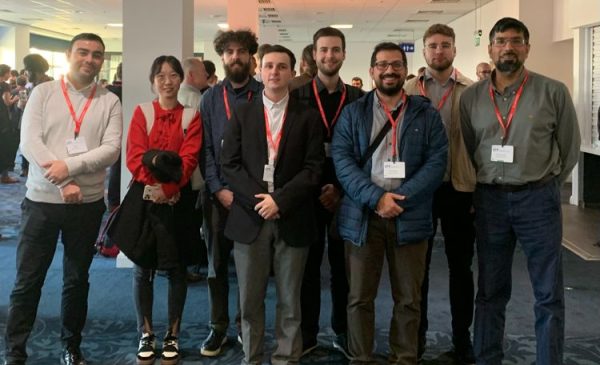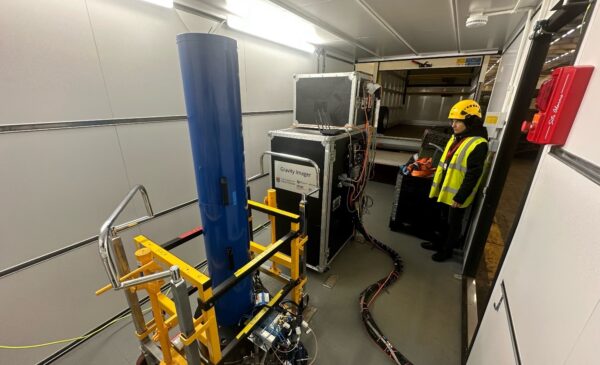In their journey to create the very first quantum-enabled radar network, researchers at the UK Quantum Technology Hub Sensors and Timing presented papers at the recent IET International Radar conference in October 2022 (Edinburgh) discussing the developments so far and announcing new findings.
Dr Mohammed Jahangir led the paper exploring the challenges of mapping a low to medium urban airspace, and the progress made so far in creating a testbed of two staring radars on the University of Birmingham campus to better understand how novel radar architectures help in detecting, locating, tracking and identifying such small, low and slow targets.
This paper also details the various live radar trials undertaken, which form an important element of characterising radar performance, benchmarking system capabilities and collection of ‘truth’ data to aid the development of machine learning classifiers.
Both radars are fully operational and have been run individually as monostatic systems. However, in the second paper presented by Darren Griffiths, second year PhD student at the University of Birmingham, announced a new breakthrough: synchronising two unconnected radars with software.
Researchers discovered the clock frequency and timing offset that can be applied to compensate for the lack of direct synchronisation and propose a method for estimating these in software using the direct signal. Results are presented from real drone flights which show that after this compensation is applied, the data accuracy is matched (and is better, in some cases) than what is achievable with the monostatic data.
In order to improve synchronisation, both radars will be eventually be connected to a single, highly stable, external quantum oscillator housed in the University’s clocks labs. The quantum oscillator deployment represents the use of cutting-edge technology in the sector, with enhanced precision capabilities, and reduced ‘phase noise’ (a limiting feature of timing devices that can prevent radar from spotting small targets).
Read more on the recent second radar installation at this webpage.




